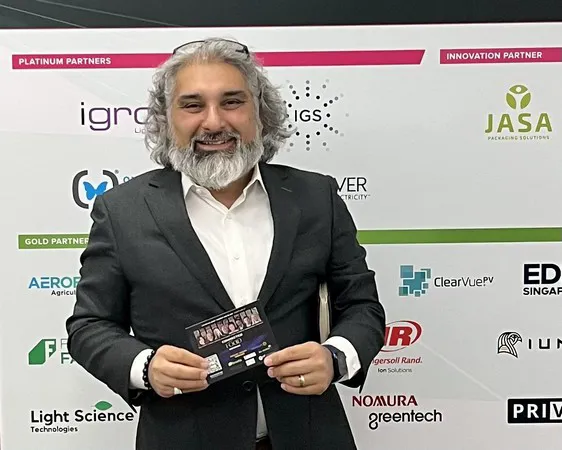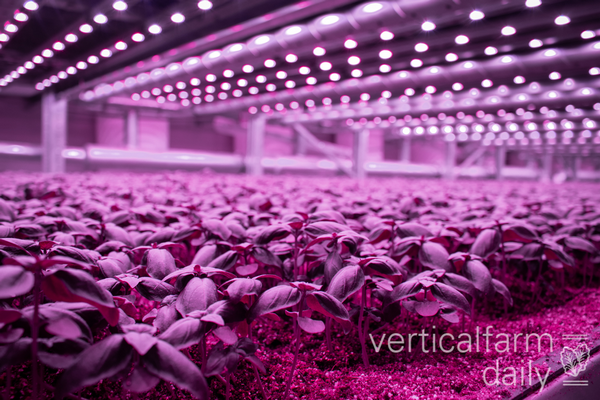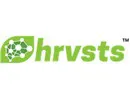Operating a vertical farm can be particularly financially intensive. This means that little to no room for mistakes goes beyond cultivation, and that also includes hitting the market strategically. The main two questions growers oftentimes ask indeed are: what do I grow next? And where do I sell it? “From a general farmer and lifestyle business to mid-size growers, they spend more time knocking on doors, delivering their crops and making guesses, the answers are rarely driven by data,” says Ali Daniali, founder and CEO of HRVSTS.
Ali has worked as a principal engineer for T-Mobile, and as such, he is very much data-driven. Therefore, he wanted to be able to have a business where those two questions are answered with data to reduce waste and sell more.

Ali Daniali
Finding outlets for produce
For this purpose, Ali has coined the term ‘indoor farm as a service.’ Bluntly put, his platform aggregates growers and institutional end-customers such as food service, restaurants, and so on. These fresh produce buyers would request a given amount of a specific crop variety, then HRVSTS would match them with local indoor CEA growers that can provide that quality and quantity in the established time. By doing this, growers don’t have to guess anymore what crop to grow next or where to sell it, as they are asked directly what to grow and where to deliver that.
“Such a decentralized approach has many benefits not only for growers but for food distribution in its entirety. Our platform doesn’t match a customer with just one grower, but many. In this way, the cultivation process is more diversified. If difficult situations occur, there’s the safety net of the other growers to compensate for that. This is very different than what we have seen in food distribution, as large companies are usually given the job of supplying a given amount of food. If something wrong happens with them, then it would jeopardize the whole supply,” Ali points out.
 Photo taken at Future Crops
Photo taken at Future Crops
Combining demand and supply
Specifically, what HRVSTS does is take an order from food service, and they make sure that the client can choose between over 1000 different varieties of leafy greens, herbs, edible flowers, and mushrooms. HRVSTS, unlike other traditional fresh produce distributors, sends the grower indoor-grown optimized seeds, monitors the crop progress, and after harvest, delivers them using a third-party logistics service within 24 hours. “We get the same kind of efficiency as a large operation, yet we do this in a more decentralized way, which makes this supply chain very resilient to external impacts.”
HRVSTS makes it possible to grow crops based on future demand. Being part of the International Fresh Produce Association (IFPA), the company has a wide network of buyers to work with. “We launched in April this year, have over 100 indoor hydroponic growers and are looking to expand in other states here.”
 For more information:
For more information:
Ali Daniali, Founder and CEO
ali@hrvsts.com
HRVSTS
https://hrvsts.com
